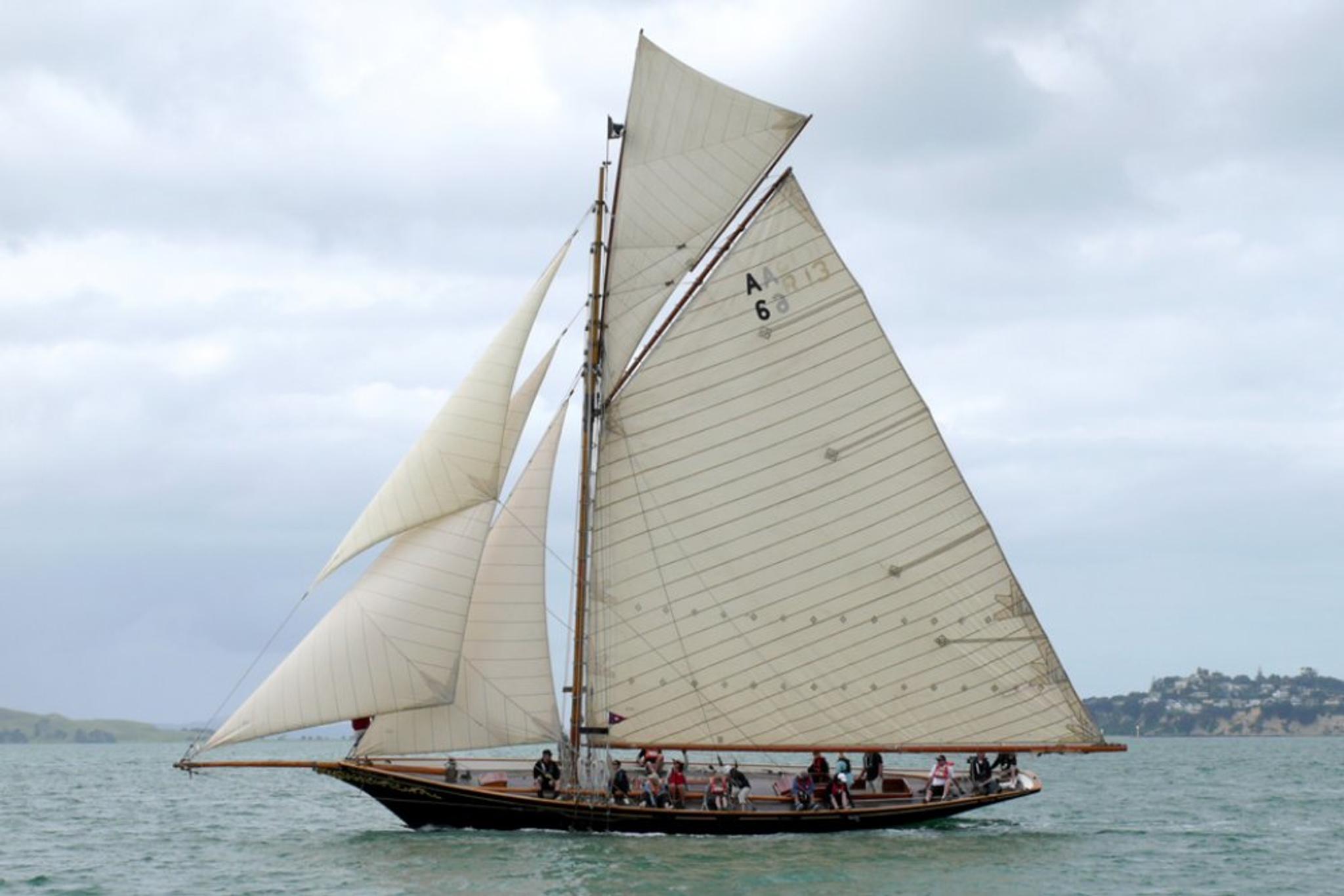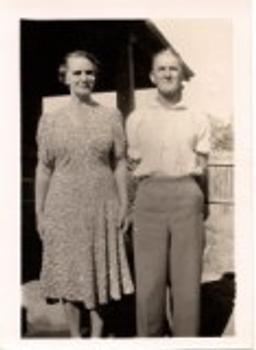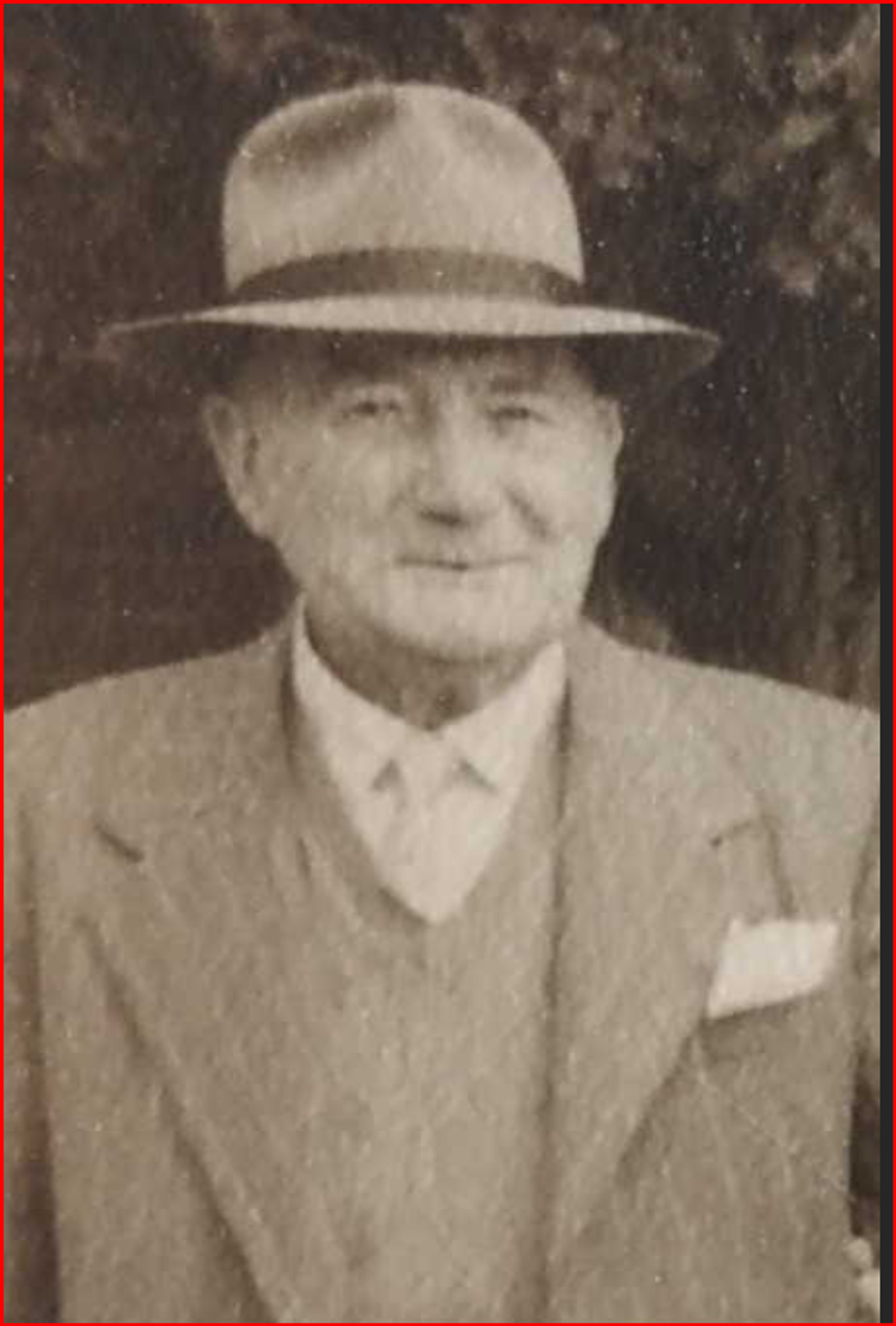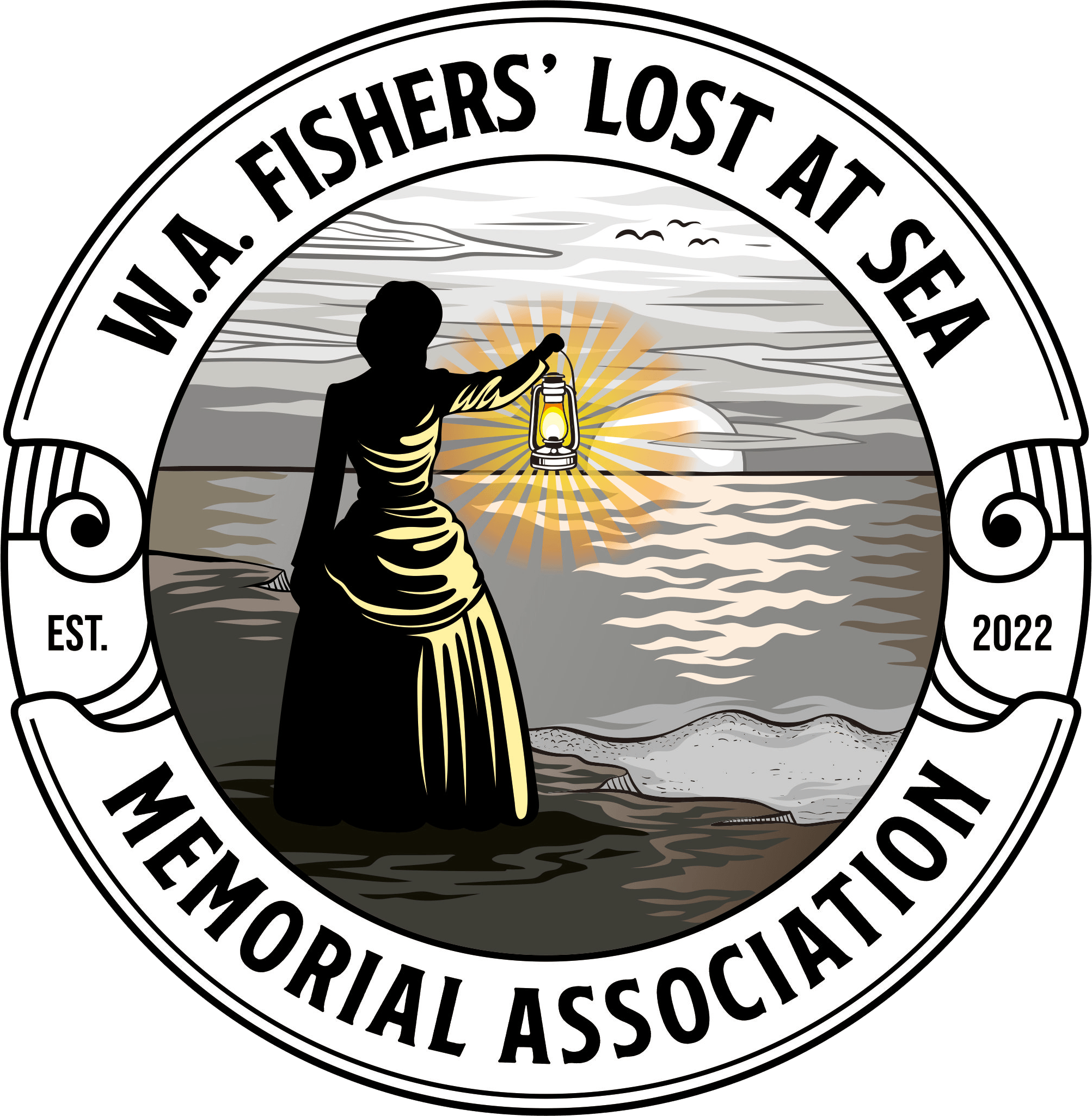Waitangi
Sato
Cooliwid
Harry Lauder
Lost when lugger foundered; bodies not recovered
16 July 1937


William Price and Lily May

William Ward
Waitangi was built by Alfred Edward Brown in his Esplanade boatyard in Fremantle. She was built for the Broome pearl fields in 1903. She had two masts and an oversized bilge as most schooners did. Alfred was a renowned boat builder whose style and skill helped shape the pearling industry in Western Australia.
Waitangi was 37 feet long, 12.1 feet across her beam and drew 4.6 feet of water. She was registered 40/1903. She was a 12.13T schooner with official number 118511. In the Māori language the name means “crying water”. Alfred was from New Zealand, and his schooner was a nod to his birthplace.
Alfred was 61 years old. He formed a partnership with his brother Gilbert who had pearling experience. They intended to use the boat themselves. They fitted her out, and Captain Dundel took her to Broome, with a cargo for dynamite.
In 1906 Waitangi appears to have been transferred to a partnership, William Alfred Ward and William Price. William Ward came from Middlesex, England. William Price was from Breconshire in Wales.
William Ward commanded the boat for the next three years, staying out at sea, while William Price stayed in his role as manager of Streeter’s butchers. In their first year the partnership bought two more luggers (Waitangi, Elsie, Eva, Vera) and William was master of the little fleet.
In 1910 there was little done in the way of bookkeeping and clarity of ownership for each of the partners. William Price bought a house called White Ant Villa. The bank partnership account was in his name. The men took two luggers each; William Price took Waitangi.
In 1913 William Price borrowed £400 from pearler Edmund Harold Hunter, who took the titles for the luggers as surety. The boats fished well until July 1913 in the two-partnership outfit. Ward and Price argued that year and their partnership dissolved. The men took two luggers each; William Price took Waitangi.
Edmund Hunter and William Price formalised their partnership. William Price sold White Ant Villa and entered another partnership with Philips to purchase the Continental Hotel in November 1913. William was listed as the owner and manager. He had the partnership accounts in his name.
The following year William Ward married Agnes Wilson at the hotel on 14 June 1914. They had two children: Mary in 1915 and Christopher in 1922.William Price married Lily May Jones, and they had four children: Marie, Lily, Bessie and David.
In 1915, William Price and William Ward were declared bankrupt. Two more pearlers who did not make it big in the pearling industry. William Ward enlisted in the Armed Imperial forces and was away until 1919.
The Waitangi was sold at public auction and sold on 30 September to Hugh Norman. She spent the next years pearling out of Broome for the Norman Davison Company.
Despite life’s ups and downs on dry land, Waitangi remained at sea, diving for pearlshell without a break. She fished without incident, and there is virtually no news of her except for her shell weights.
Newspapers reported Waitangi’s catches by the tons. The diver on a pearl boat was the master of the vessel. Waitangi’s Diver in Charge was Sato, and his two hands were Aboriginals, Cooliwid and Harry Lauder. They were a formidable crew.
Waitangi’s career came to an abrupt end in July 1937. She was north of Broome working the pearl grounds at Cape Baskerville. When the storm struck, she was in Carnot Bay, sheltering, en route to Cape Leveque. She ran onto reef in the early hours of 16 July in a rough sea.
Although the crew were strong swimmers, strong winds and an adverse tide would have gotten the better of them, and they would have been vulnerable to the sharks in the area.
Waitangi and her crew were reported missing. The Broome sub-collector of customs initiated the string of wires that would go all the way to the Commissioner of Police to inform him of the missing lugger and her crew.
Reginald Bourne was the mail contractor in the mailboat Bonza. He discovered wreckage on Carnot Reef on 5 August 1937. He reported it to Inspector Timms of Broome, with his belief the wreckage belonged to the Waitangi.
Inspector Timms despatched Bonza to the wreck, with Police Constable Merry from Broome aboard on 14 August. When they reached Carnot Bay on 15 August. After an hour of searching, they found the wreckage. Reginald lowered a whaleboat and inspected the area. It seems Waitangi smashed into two.
Sadly, there was no trace of her stalwart crew. Waitangi’s wreckage marked the end of a boat and a crew that served Broome’s pearling industry for over three decades and ended the careers and hopes of two Broome families.
